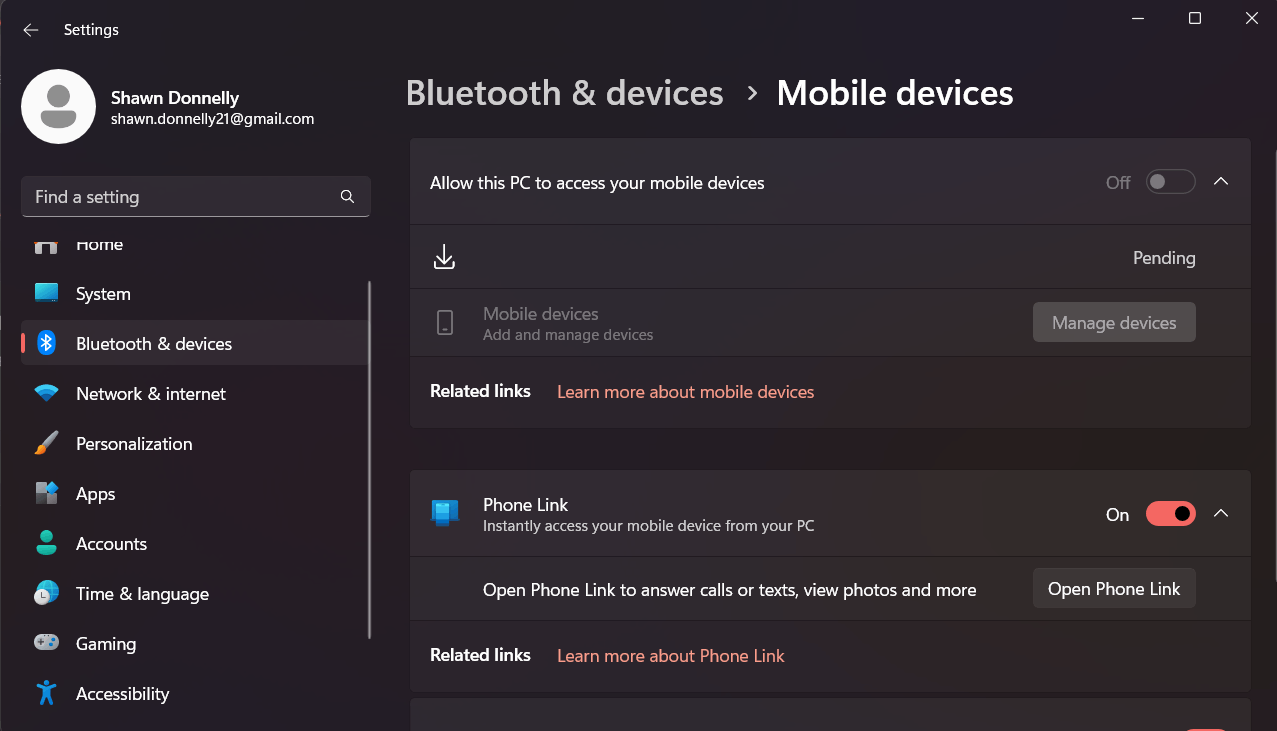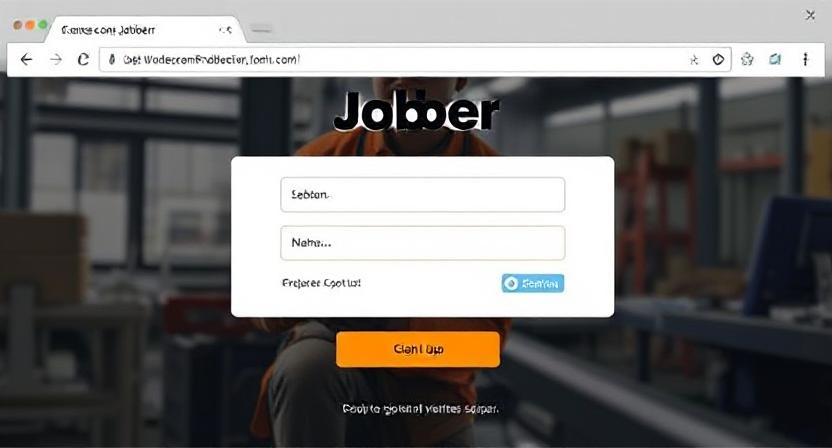The Ultimate Guide to Cross Device Experience Hosting

Introduction:
In today’s digital landscape, users interact with websites, applications, and digital services across multiple devices, from desktops and laptops to smartphones, tablets, and smart TVs. Ensuring a seamless experience across these devices is critical for user satisfaction, engagement, and brand consistency. This is where Cross Device Experience Hosting comes into play.
Cross device experience hosting focuses on providing a uniform and synchronized user experience across different devices. Whether it’s maintaining session continuity, optimizing UI/UX for various screen sizes, or ensuring smooth data synchronization, businesses must leverage the right hosting and development strategies to achieve this goal.
What is Cross Device Experience Hosting?

Cross Device Experience Hosting refers to the technologies and frameworks used to support seamless interactions across multiple devices. It involves the following key elements:
- Responsive and Adaptive Design – Ensuring that web applications and content dynamically adjust to different screen sizes and resolutions.
- Cloud-Based Synchronization – Enabling real-time data syncing so users can pick up where they left off on another device.
- User Authentication & Session Management – Allowing users to log in from different devices without losing their progress.
- Cross-Platform Development – Building applications that work consistently across operating systems and devices.
- Performance Optimization – Ensuring fast load times and smooth interactions on all devices.
Key Benefits of Cross Device Experience Hosting
- Improved User Experience – Users can switch between devices seamlessly without disruptions.
- Increased Engagement – A smooth, cross-device journey keeps users engaged with the service longer.
- Better Conversion Rates – Businesses see higher conversions when users can interact across devices without issues.
- Brand Consistency – A unified experience across devices strengthens brand identity and trust.
- Enhanced Productivity – For enterprise applications, cross-device support boosts efficiency for employees who work across multiple devices.
Essential Technologies for Cross Device Experience Hosting
To achieve a seamless Cross Device Experience Hosting, various technologies and frameworks come into play:
1. Cloud Computing & APIs
Cloud-based hosting ensures data and application states are synchronized across devices in real-time. APIs facilitate communication between different platforms.
2. Progressive Web Apps (PWAs)
PWAs offer a hybrid experience between web and mobile applications, providing offline access, fast load times, and device adaptability.
3. Single Sign-On (SSO) and OAuth Authentication
Secure authentication methods allow users to log in once and access services across devices without repeated logins.
4. GraphQL and RESTful APIs
These technologies help in efficient data fetching, ensuring users get the right data regardless of the device they use.
5. Edge Computing and Content Delivery Networks (CDNs)
These technologies optimize performance by reducing latency and ensuring fast content delivery on different devices worldwide.
How to Implement Cross Device Experience Hosting
Step 1: Analyze User Behavior
Understand how users interact with your application on different devices. Identify pain points and opportunities for optimization.
Step 2: Adopt a Mobile-First Approach
Since mobile devices dominate digital interactions, designing with a mobile-first approach ensures better adaptability for larger screens.
Step 3: Ensure Data Consistency Across Devices
Use cloud databases, session management tools, and real-time synchronization to maintain data consistency across devices.
Step 4: Optimize Performance for Different Devices
Leverage responsive web design, lazy loading, and server-side rendering to enhance speed and usability.
Step 5: Test Across Multiple Devices and Platforms
Use cross-browser testing tools and emulators to ensure your application performs well on different operating systems and screen sizes.
Challenges and Solutions in Cross Device Experience Hosting

1. Device Fragmentation
- Challenge: There are numerous screen sizes, resolutions, and operating systems to consider.
- Solution: Use responsive web design, CSS media queries, and adaptive UI components.
2. Data Synchronization Issues
- Challenge: Users expect real-time syncing of data across devices.
- Solution: Utilize cloud storage solutions like Firebase, AWS Amplify, or real-time databases.
3. Security and Authentication
- Challenge: Ensuring secure access across devices without compromising convenience.
- Solution: Implement secure authentication methods like Multi-Factor Authentication (MFA) and OAuth 2.0.
4. Performance Optimization
- Challenge: Applications may load slowly or behave differently on various devices.
- Solution: Use CDNs, optimize image sizes, and implement caching mechanisms.
Conclusion:
Cross device experience hosting is essential for businesses that want to provide a seamless and engaging user experience across multiple devices. By leveraging cloud computing, responsive design, real-time synchronization, and performance optimization strategies, businesses can ensure their applications function smoothly regardless of the device being used.
As technology continues to evolve, companies that invest in cross-device experience hosting will stay ahead of the competition by offering a seamless and interconnected digital experience. Whether you’re a developer, product manager, or business owner, implementing these strategies will help you improve user satisfaction, increase engagement, and drive growth in the digital space.







